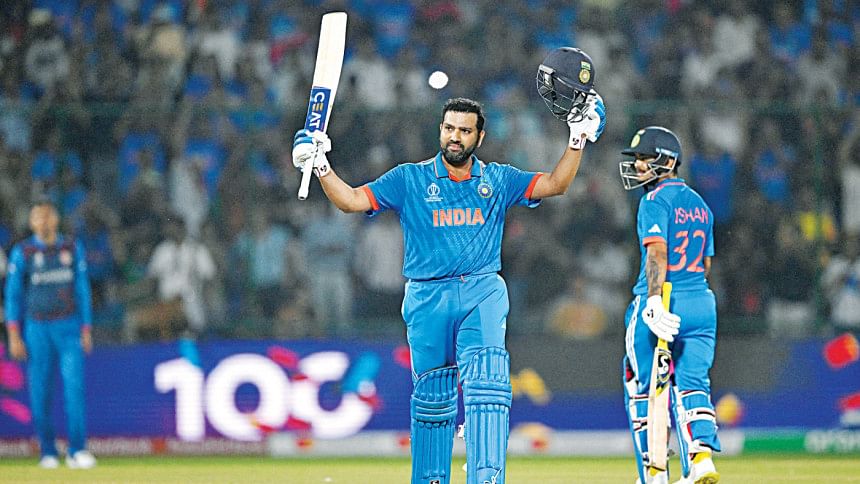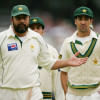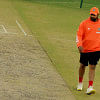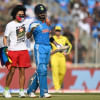A World Cup of top-order domination

The biggest facet, and also a noticeable one, of this World Cup has been top-order carnage that has not only allowed teams to put on huge scores batting first but also made it more important than ever for top-order batters to assert their dominance in their approach of chasing down the big targets thrown at them.
The top-order has to set the game up as well and it cannot all be about carnage. Teams have looked to contend with the swing for at least the first six to seven overs before the batters start playing their shots. Once a team manages to build partnerships and keep wickets in hand, the score can only rise -- seemingly the natural order of things at this World Cup.
To be precise, the first 30 overs is where teams have done the bulk of their scoring. Tournament stats till the halfway point of the World Cup showed that 63.84% of the runs have been scored in the first 30 overs of an innings -- highest for any World Cup since 1999. The runs scored between 11 to 30 overs have also been the most since the 1999 World Cup in England.
The intention of teams seems to be to curb the threat of big chases early instead of taking things deep. New Zealand's aggression and solidity in the opening game against England could be a good example in that regard.
South Africa, for instance, have not always looked to smash it around in the first 10 overs and it has paid dividends too as they entered the final 15 overs with lots of wickets in hand in most cases.
The likes of Quinton de Kock, Virat Kohli, Rachin Ravindra, David Warner, and Rohit Sharma's success in this tournament reflects very proportionately on the successes of their teams at this World Cup.
The day-night affairs have also contributed a bit in terms of producing low-intensity affairs – another major characteristic of this edition. Even though seam and swing have come down 0.1 degrees in this World Cup compared to ODIs taking place in India before the start of the mega event, the ball still seems to grip the surface better under the lights. This facet also might have contributed to top-order domination at this tournament.
It remains a strange affair, difficult to judge with theories going around that the batch of balls being used has not been conducive to swing.
The likes of Jasprit Bumrah, Mohammed Siraj, and Marco Jansen have however shown how to make the ball talk on such surfaces.
Reading the conditions have become key too. In Pune on November 1, New Zealand chose to field after winning the toss but only managed 167 in reply to South Africa's 357 for four. Batting first is becoming more and more important at some grounds especially given the ball does a bit more under light.
But one thing that has been a constant is that whether batting first or second, top-order has been the difference.

 For all latest news, follow The Daily Star's Google News channel.
For all latest news, follow The Daily Star's Google News channel. 









Comments